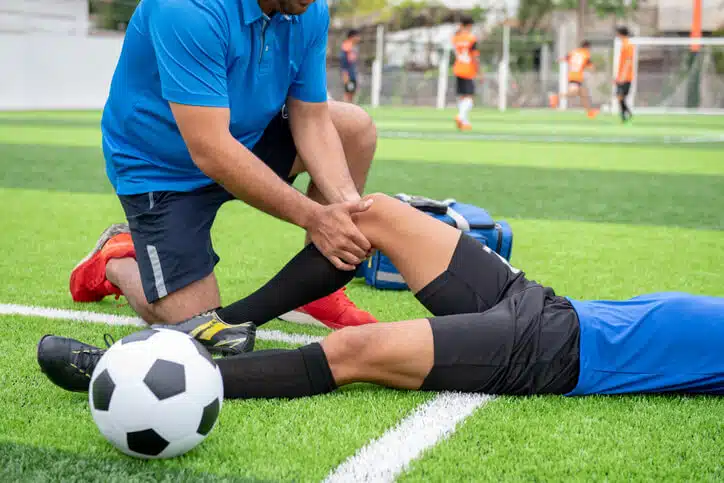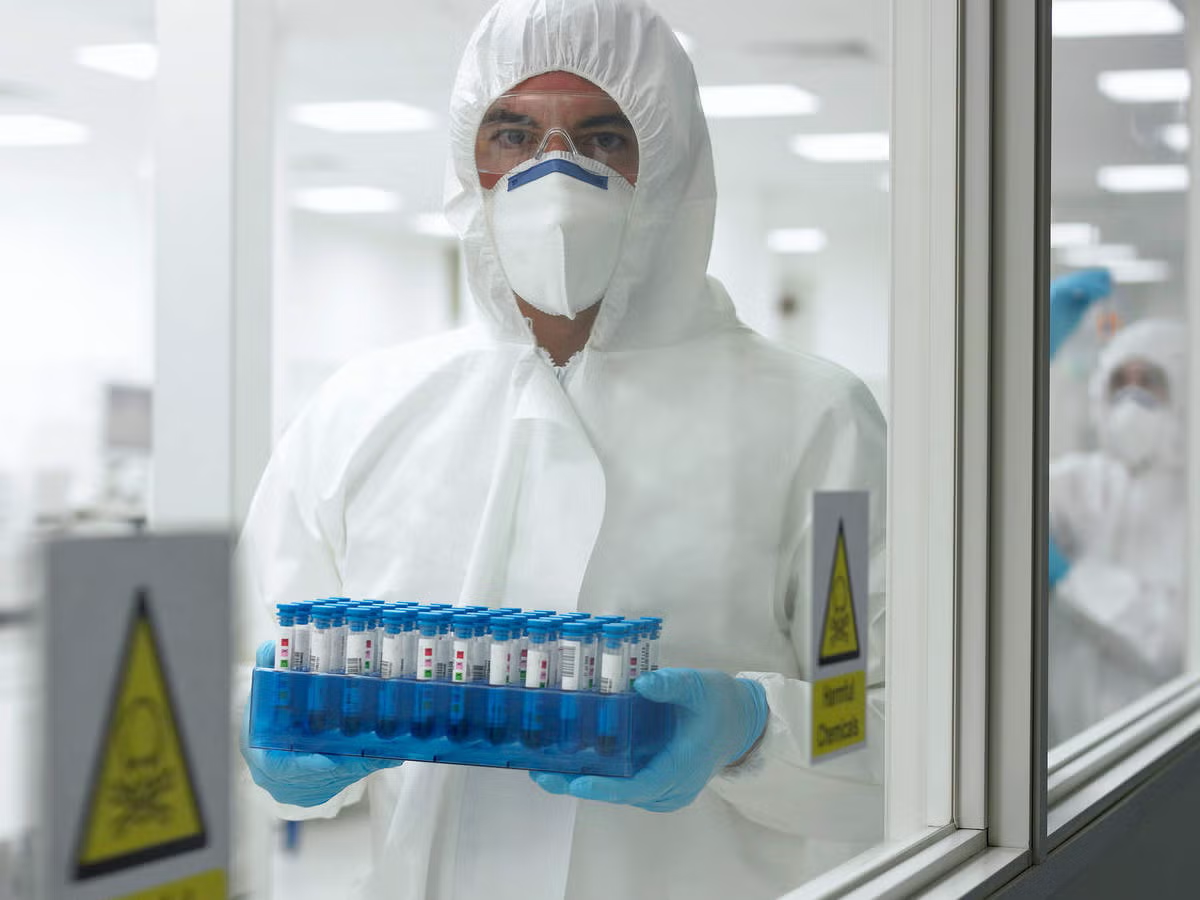Injury Prevention Strategies in Professional Sports: The Latest Techniques and Technologies. In the high-stakes world of professional sports, the difference between victory and defeat often hinges on the athletes’ ability to stay healthy and injury-free. As the physical demands on athletes continue to intensify, injury prevention has become a paramount concern for teams and individuals alike. Thanks to advancements in technology and a deeper understanding of sports science, innovative strategies are emerging to keep athletes at their peak while minimizing the risk of injury.
Cutting-Edge Technologies Leading the Way
One of the most significant developments in injury prevention is the integration of wearable technology. Devices such as smartwatches, fitness trackers, and specialized sensors can monitor an athlete’s biomechanics, heart rate, and other vital signs in real-time. These gadgets provide invaluable data that helps coaches and sports medicine professionals detect early signs of fatigue or strain, allowing for timely interventions before an injury occurs. Injury Prevention Strategies in Professional Sports: The Latest Techniques and Technologies.
For instance, GPS trackers are commonly used in team sports like soccer and rugby to monitor players’ movements and workload. By analyzing this data, coaches can tailor training sessions to each athlete’s needs, ensuring they do not overtrain and are adequately rested. This personalized approach significantly reduces the risk of overuse injuries, which are prevalent in high-intensity sports.
Advanced Biomechanical Analysis
Biomechanical analysis is another frontier in injury prevention.
. This analysis helps identify inefficient or harmful movement patterns that could lead to injury. Corrective exercises and training modifications can then be implemented to address these issues.
For example, in baseball, pitchers undergo detailed biomechanical assessments to refine their throwing mechanics. This not only enhances performance but also reduces the likelihood of shoulder and elbow injuries, which are common in the sport. Similar techniques are employed in track and field, tennis, and other sports where precision in movement is crucial.
Preventative Programs and Protocols
Professional teams are increasingly adopting comprehensive injury prevention programs that combine technology with traditional sports medicine practices. These programs often include a blend of strength training, flexibility exercises, and conditioning tailored to the specific demands of the sport.
In the National Basketball Association (NBA), for example, teams utilize specialized training regimens to enhance players’ core strength and stability, thereby reducing the risk of knee and ankle injuries. Additionally, prehabilitation exercises, which are proactive measures to strengthen muscles and joints before injuries occur, are becoming a staple in many sports.
The Role of Sports Medicine Professionals
Sports medicine professionals play a crucial role in injury prevention. Athletic trainers, physical therapists, and team physicians work together to create and implement individualized care plans for athletes. Their expertise in diagnosing and treating musculoskeletal issues ensures that potential problems are addressed promptly and effectively.
Education is also a key component of their role. Athletes are taught proper techniques, such as safe lifting practices and correct postures, to prevent injuries. Furthermore, sports medicine professionals often conduct workshops and seminars to keep athletes informed about the latest injury prevention strategies and recovery methods.
Success Stories
The success of these advanced injury prevention strategies is evident in various sports. For instance, the English Premier League has seen a noticeable decline in hamstring injuries among players due to the implementation of tailored training programs and the use of wearable technology to monitor physical exertion.
In Major League Baseball, the adoption of biomechanical analysis and tailored recovery programs has led to a decrease in pitching-related injuries. Teams like the Los Angeles Dodgers and the Houston Astros have been at the forefront of integrating these technologies, resulting in healthier rosters and improved performance on the field.
Conclusion
The quest to prevent injuries in professional sports is an ongoing battle, but the integration of new technologies and advanced training techniques is making significant strides. By leveraging wearable technology, biomechanical analysis, and comprehensive training programs, athletes are now better equipped than ever to avoid injuries and extend their careers. As sports medicine professionals continue to innovate and educate, the future looks promising for the health and longevity of professional athletes.






